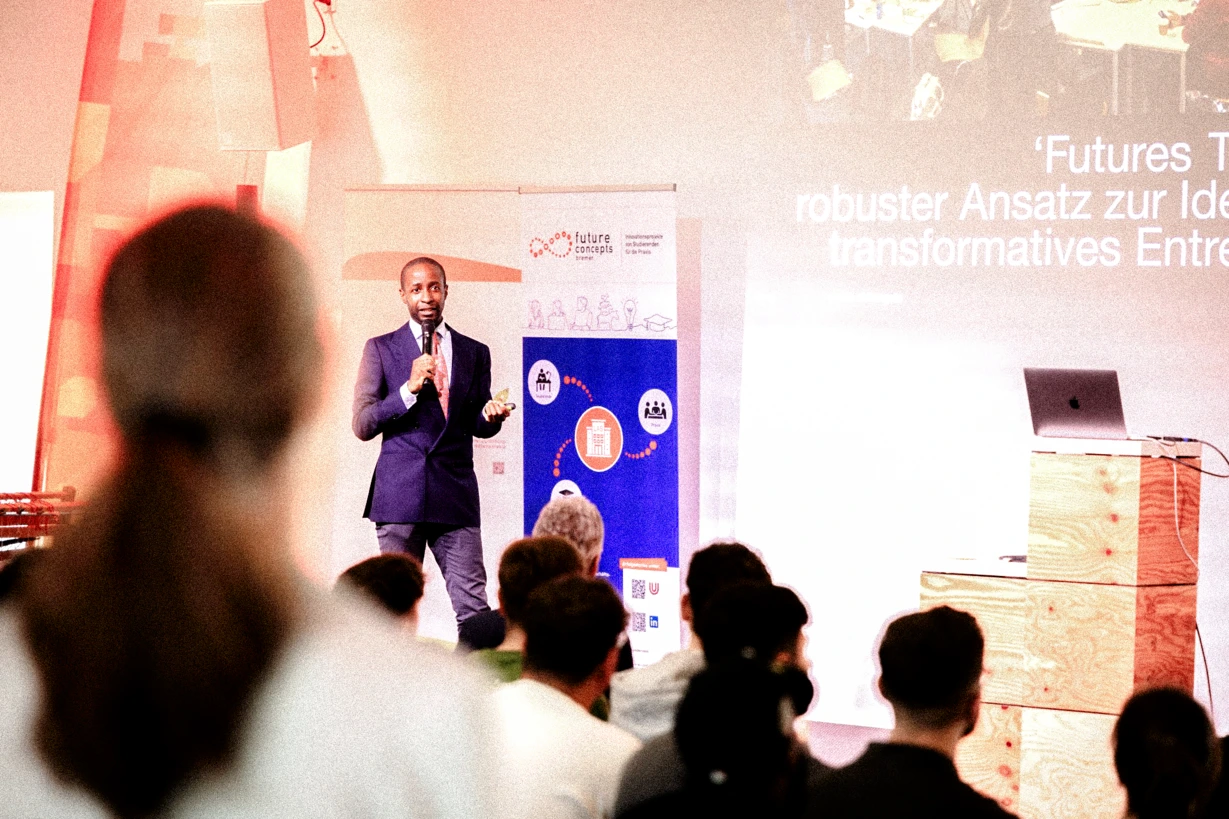The High Cost of Easy Money: How Shareholder Value Is Failing the Economy
We’ve all felt it. That creeping sense that the things we once loved—a favorite app, a reliable airline, a go-to brand of kitchen appliance—are getting progressively worse. Features disappear behind paywalls, customer service becomes a robotic labyrinth, and the quality that once defined a product feels like a distant memory. The writer Cory Doctorow brilliantly termed this phenomenon “enshittification”: the seemingly inevitable decay of online platforms and services.[1] But this isn’t just a digital malaise; it’s a symptom of a much deeper economic ideology that has quietly reshaped our world over the past four decades: the doctrine of maximizing shareholder value (SHV).
What began as a plausible theory—that a company’s primary duty is to increase its stock price for its owners—has morphed into a destructive dogma.[2] It is an ideology that not only degrades the products and services we use but also stifles innovation, fuels inequality, and creates systemic risks that make our entire economy more fragile.[3][4] A growing body of evidence, however, points to a more robust and ultimately more profitable alternative: sustainable business models that prioritize long-term health over the sugar high of a short-term stock bump.[5][6]
The intellectual shift toward SHV was subtle but profound. As the German economist Christian Hecker has meticulously documented, the very definition of corporate success was fundamentally altered.[7] Historically, a business was profitable if it brought in more money than it spent. But beginning in the 1980s, a new narrative took hold, particularly in academic and financial circles. A company was only truly creating value if its return on equity exceeded its “cost of capital”—an abstract benchmark derived from the volatile performance of the stock market.[7]
This seemingly innocuous change was a Trojan horse. Suddenly, a business unit that was profitable, stable, and beloved by customers could be labeled a “value destroyer” if it wasn’t growing as fast as a speculative tech stock. The pressure on executives shifted from building the best products to hitting an arbitrary number. This created a powerful incentive for short-term thinking. Why invest in a ten-year research and development project when you can cut costs, buy back your own stock to artificially inflate earnings per share, and cash in your bonus?[8]
This logic is the engine of enshittification. When every decision must be justified by its immediate impact on the stock price, the intangible assets that create lasting value—brand loyalty, employee expertise, product quality, and genuine innovation—are the first to be sacrificed. They are expenses on a balance sheet, not easily quantifiable assets. In this worldview, research is a cost, not an investment. Skilled employees are liabilities, not partners. Loyal customers are a market to be squeezed, not a community to be served.
The consequences extend far beyond a frustrating user experience. The relentless pressure to meet short-term financial targets actively discourages the kind of bold, long-term innovation that drives economic progress.[9] In his work, Hecker highlights the “profit-seeking paradox”: the counterintuitive idea that companies are often most profitable when profit is not their sole obsession.[10] The great entrepreneurial leaps, from the assembly line of Henry Ford to the early innovations of Siemens, were driven by a desire to build something new and durable, not just to satisfy the quarterly expectations of anonymous investors.[10] The SHV model, by contrast, favors financial engineering over actual engineering. It incentivizes mergers and acquisitions not to create better products, but to eliminate competition and achieve monopolistic pricing power.
This trend has alarming macroeconomic consequences. The financialization of the economy—the growing dominance of financial motives over productive ones—has led to a stark divergence between the soaring value of the stock market and the sluggish growth of the real economy that most people inhabit.[11][12] As corporations channel record profits into stock buybacks rather than into investment and wages, income inequality widens dramatically.[3][4][13] Furthermore, by encouraging market concentration, the SHV doctrine makes our economy brittle. A diverse ecosystem of competing companies is replaced by a few behemoths, creating single points of failure that become terrifyingly apparent during a crisis.
The alternative is not a rejection of profit, but a more sophisticated and durable understanding of how it is created. Businesses that adopt a sustainable, long-term perspective consistently prove more resilient and, ultimately, more valuable.[5][14] A company that invests in its employees’ skills fosters a more innovative and dedicated workforce. One that builds a resilient and ethical supply chain is less vulnerable to global shocks. A business that prioritizes product quality and customer trust builds a loyal following that cannot be easily replicated by a competitor that simply slashes prices. And companies that invest in genuine research and development are the ones that create the markets of the future.
Unilever, under its former CEO Paul Polman, is a prime example. By explicitly rejecting the tyranny of quarterly earnings reports and focusing on long-term sustainable growth, the company thrived, delivering a 170% increase in its stock price over his decade-long tenure.[2] This wasn’t magic; it was the result of treating profit as the byproduct of a healthy, well-run enterprise, not as its sole reason for being.
The philosophy of shareholder value maximization promised a more efficient, rational, and profitable world. Instead, it has delivered a more fragile, unequal, and frustrating one. It has taught a generation of managers to plunder the future to pay for the present. The superior economic model is one that understands that true value is built over time. It is found in the companies that see their employees, customers, and communities not as costs to be minimized, but as partners in a shared enterprise. The most successful businesses of the 21st century will not be the ones that are best at extracting value, but those that are best at creating it.
Sourceshelp
- wikipedia.org
- utoronto.ca
- insead.edu
- investopedia.com
- thomsonreuters.com
- labgov.city
- wirtschaftsdienst.eu
- harvard.edu
- reddit.com
- econstor.eu
- unc.edu
- bu.edu
- tandfonline.com
- researchgate.net








